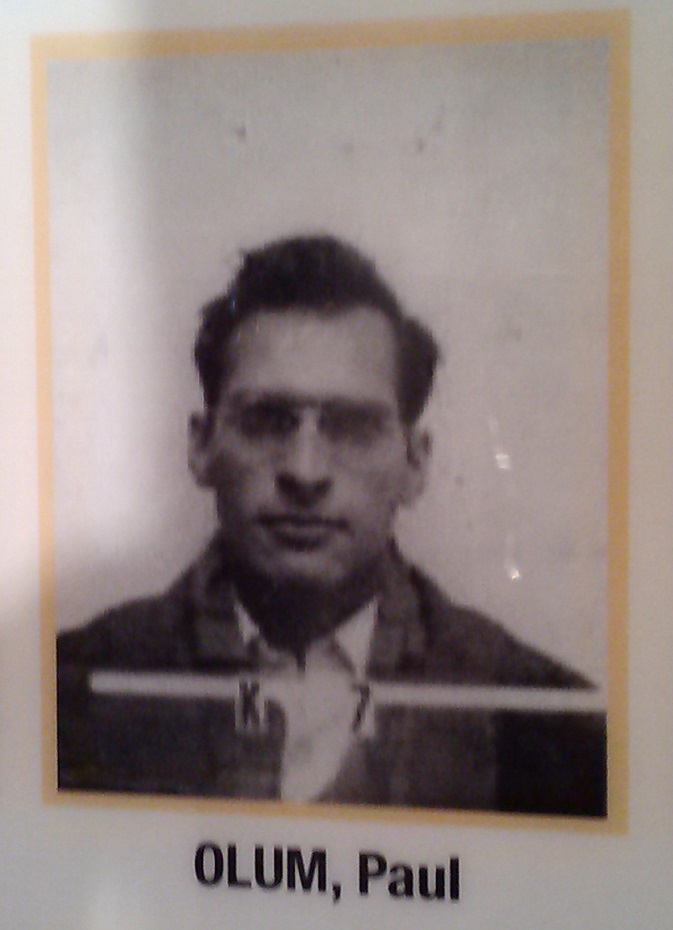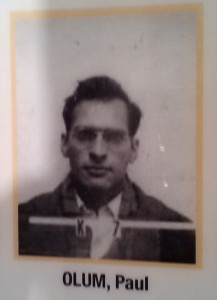During our stay in Santa Fe we drove up to Taos. It’s a quaint town but the real attraction in this area is the Rio Grande Gorge! At this point in the river’s travel to the Gulf, it goes through a wide flat plain with volcanos dotted around the edges. The plain is very flat, and unless you look closely you won’t see the gorge! As you drive up to the gorge and the very high bridge that crosses it you see how deep and steep it is! On the bridge there are call boxes to suicide hotlines – sadly I guess that some people decide to end it all by jumping off the bridge onto the rocks 250 feet below.
But the gorge is very awesome. Deep and steep all through the plain near Taos, then as the land develops into rolling hills the gorge isn’t as steep. We drove across the bridge, stopping at the rest area right on one side to take pictures and see the vendors selling jewelry and pottery. Fairly close to all the traffic and noise were two mountain sheep grazing on the hillside! A vendor told us they are always nearby, often crossing the hiway and jumping the fences to get to the land on either side of the hiway.
Then we took a side road, parts of it dirt and VERY STEEP with switchbacks going right down into the gorge. At the bottom it crossed the river and there was a parking area and boat ramp where lots of people start rafting trips down the Rio Grande. We saw many people launching their kayaks and inflatable boats We saw one guy run up to the bridge and jump into the water about 25 feet below!
Here are pictures we took:





